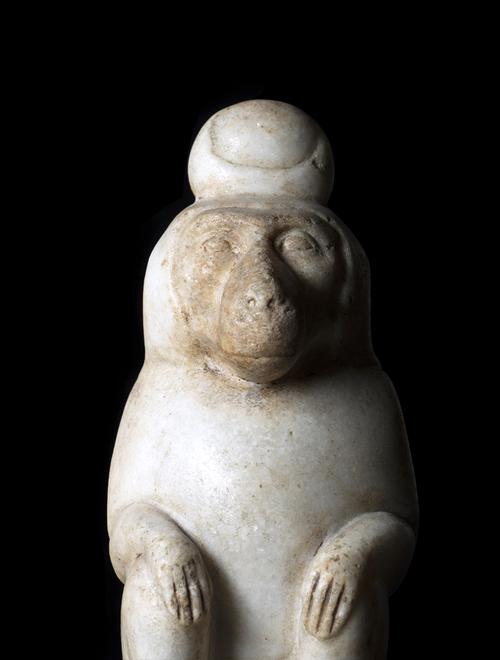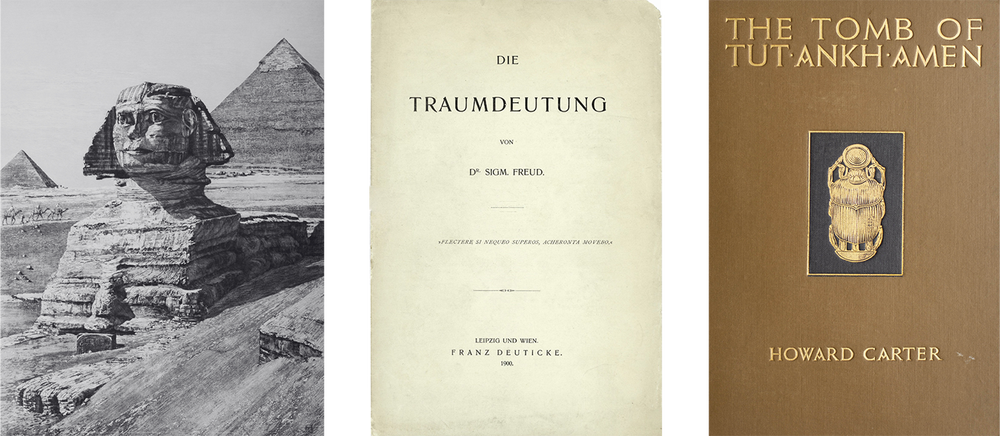
Egyptomania
Ever since antiquity, many cultures have been fascinated with Egypt. The Greeks and Romans were captivated by Egyptian religion, hieroglyphic inscriptions and monuments. A passion for Egypt returned during the European Renaissance. By the time Napoleon Bonaparte led his troops and scholars to Egypt in 1798, interest in Egyptian culture was already high. His campaign prompted a full-scale Egyptian revival in France and across Europe.

Jean-François Champollion, who deciphered hieroglyphs in 1822, was amongst the first scientific Egyptologists. The impact of ‘Egyptomania’ was felt in music and art, architecture, literature and the new medium of cinema. Ancient Egypt has also played an important role in the discussions about race, religion and national identity in the nineteenth and early twentieth centuries. Freud’s captivation with Egypt should be understood against this background. Freud took inspiration from the discoveries of Egyptologists such as Champollion and claimed that ‘the interpretation of dreams is completely analogous to the decipherment of a pictographic script such as Egyptian hieroglyphics’.
Statuette of Thoth, Egyptian Roman Period (30 BCE – 395 CE) © Freud Museum London